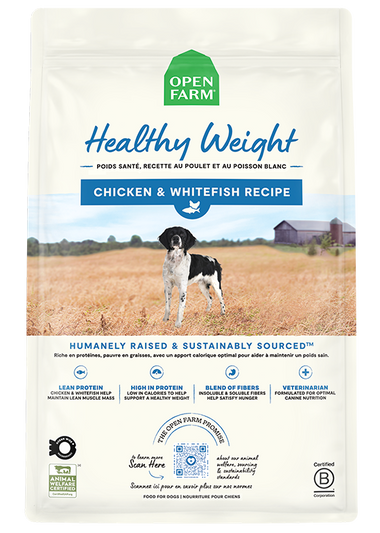As pet owners, we often express our love through food. A treat here, an extra scoop there—it all seems harmless. But when these habits accumulate, they can lead to overfeeding, putting your pet’s health at risk. Overfeeding is a significant contributor to pet obesity, which can lead to various health problems. Here’s how to identify if you’re overfeeding your pet, ways to prevent it, and steps to take if your pet is already overweight.
Recognizing the Signs of Overfeeding
- Weight Gain: One of the most obvious signs of overfeeding is gradual weight gain. If your pet is consistently gaining weight despite regular exercise, it’s time to evaluate their diet. You can monitor your pet's weight at home with regular weigh-ins or during routine vet visits.
- Difficulty Feeling Ribs: A healthy pet should have a defined waistline and ribs that are easily felt but not prominently visible. If you struggle to feel your pet’s ribs or notice a rounded appearance instead of a tucked abdomen, your pet might be carrying extra weight.
- Increased Fatigue: Overweight pets often tire more quickly during activities they used to enjoy. If your pet is less interested in playtime or takes longer to recover after exercise, overfeeding could be a contributing factor.
- Changes in Behavior: Overfeeding can lead to digestive discomfort, causing your pet to act differently. You might notice they are more sluggish or that their appetite fluctuates. Pay attention to these behavioral changes, as they can indicate an imbalance in their diet.
How to Prevent Overfeeding
- Portion Control: Always follow the portion recommendations provided on your pet food’s packaging. These guidelines are tailored to your pet’s weight, age, and activity level. If you’re unsure, consult with your veterinarian to ensure your pet is getting the right amount of food.
- Consistency is Key: Stick to regular feeding times and avoid free-feeding, where food is left out all day. Scheduled meals help regulate your pet’s metabolism and prevent overeating. Consistency also helps in maintaining a healthy routine for your pet.
- Be Mindful of Treats: While it’s tempting to reward your pet frequently, treats should be given in moderation. They should make up no more than 10% of your pet's daily caloric intake. Choose healthy, low-calorie options and consider using other forms of positive reinforcement, such as playtime or affection.
- Choose Nutrient-Dense Foods: Opt for high-quality, nutrient-dense pet foods that provide the pet age appropriate necessary nutrients in smaller portions, such as senior support dog food. Open Farm offers a range of pet foods made from ethically sourced ingredients that support your pet’s health without the need for overfeeding.
- Monitor Weight and Adjust as Needed: Regularly monitor your pet’s weight and body condition. If you notice weight gain, adjust their portions or switch to a lower-calorie food option. Consult your veterinarian before making any significant changes to your pet’s diet.
Addressing Overfeeding: Steps to Take
If your pet is already overweight, it’s important to take action to prevent further health complications. Here’s what you can do:
- Consult Your Veterinarian: The first step in addressing overfeeding is to consult your vet. They can help create a weight management plan tailored to your pet’s specific needs, considering factors like age, breed, and activity level.
- Introduce a Weight-Loss Diet: Your vet may recommend a specialized diet that’s lower in calories but still provides all the necessary nutrients. Open Farm’s healthy pet food can be a great option, offering balanced nutrition while helping your pet shed excess pounds.
- Increase Physical Activity: Gradually increase your pet’s exercise to help them burn more calories. Start with short, frequent sessions of play or walks, and gradually increase the duration as your pet’s stamina improves.
- Regular Check-Ins: Regular weigh-ins and check-ins with your vet are crucial to ensure your pet is losing weight at a healthy pace. Make adjustments to their diet and exercise plan as needed, based on your vet’s guidance.
Overfeeding your pet might seem like a minor issue, but it can have serious consequences for their health. By recognizing the signs, sticking to portion guidelines, and choosing nutrient-rich foods, you can keep your pet healthy and happy. If your pet is already overweight, taking steps now can significantly improve their quality of life. For more insights on pet nutrition and care, explore Open Farm’s blog or check out our range of premium, ethically sourced pet foods.





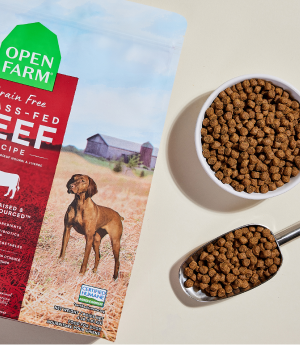
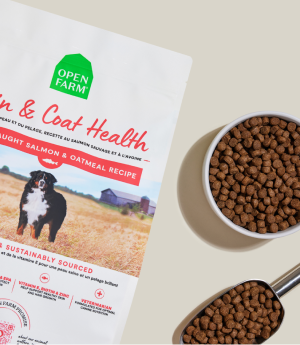
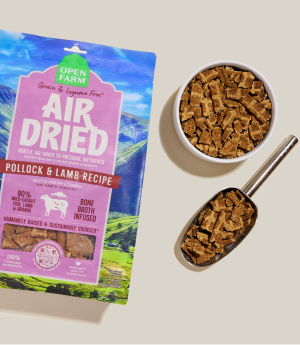
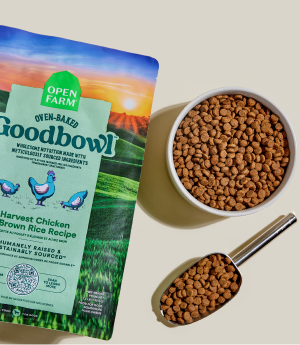
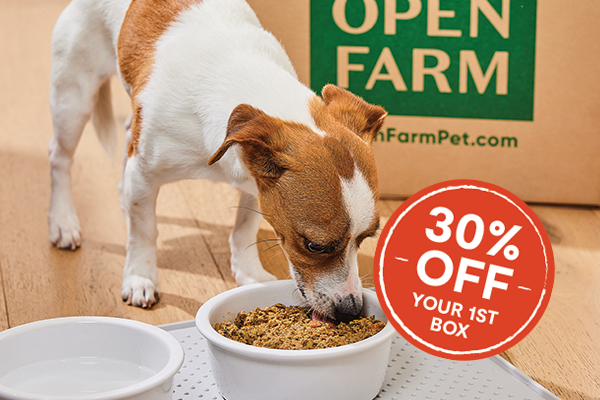

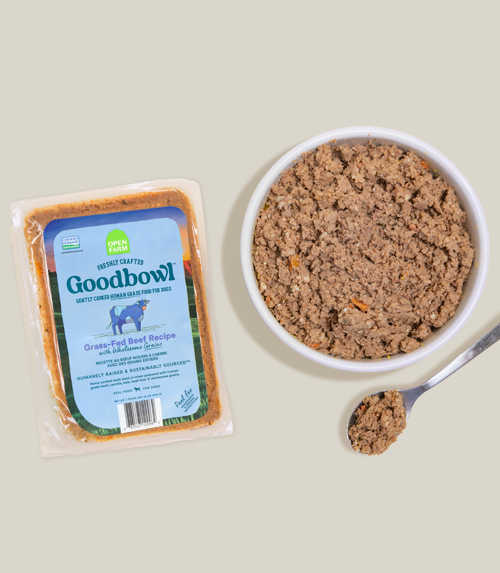

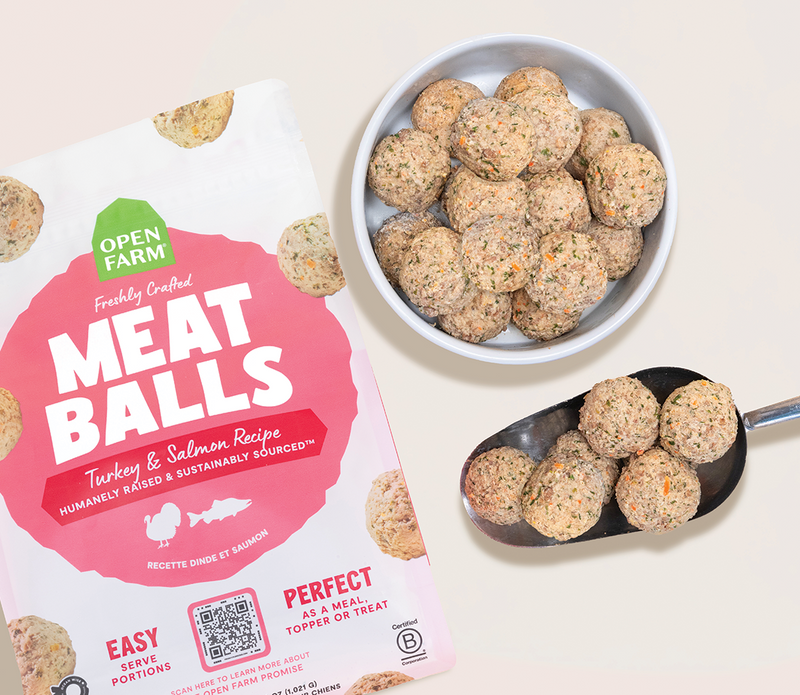
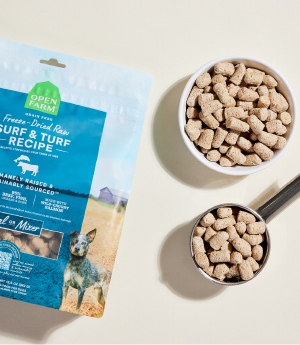
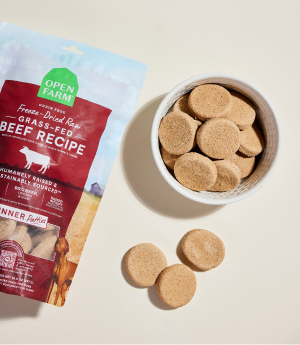
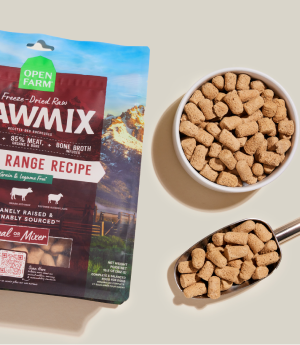
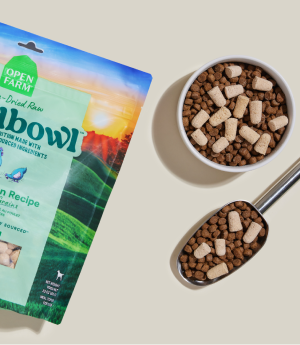
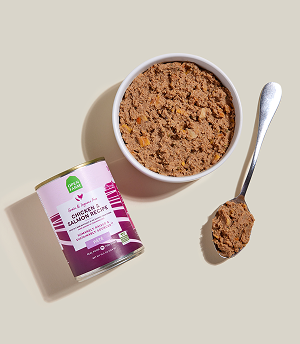
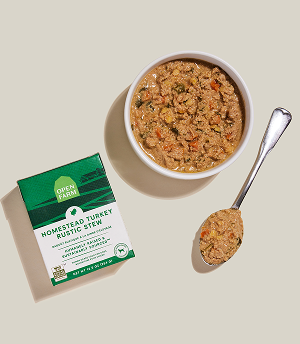
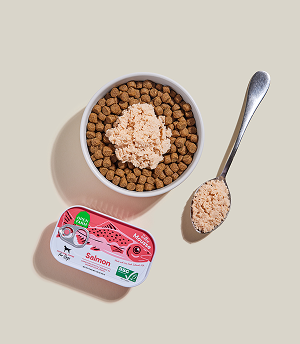
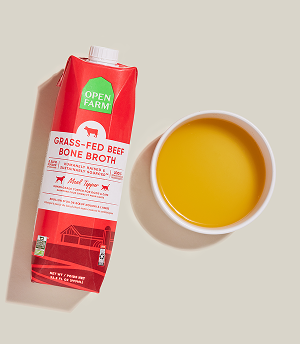

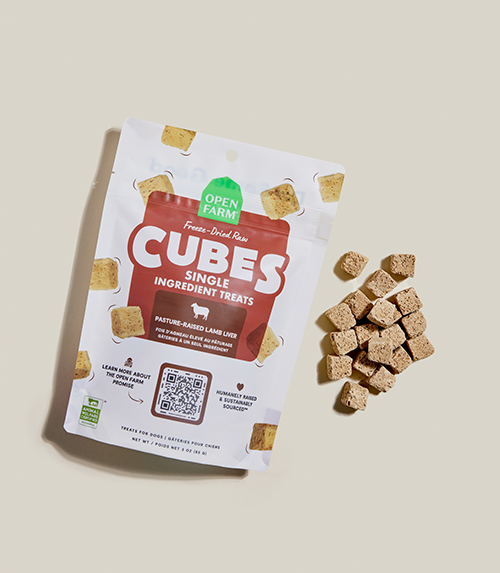
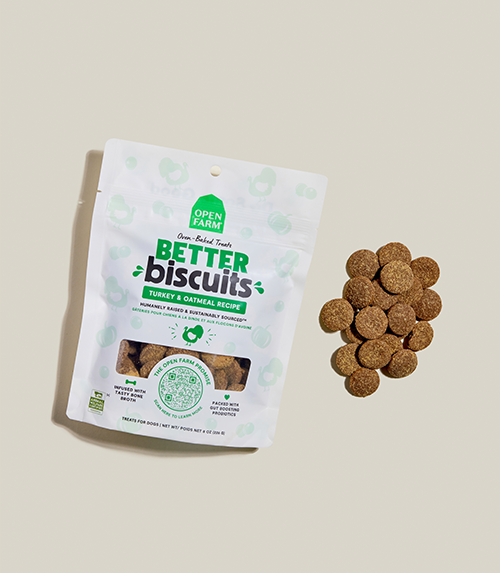



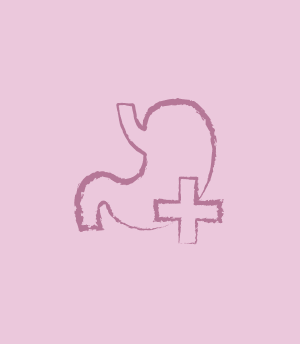


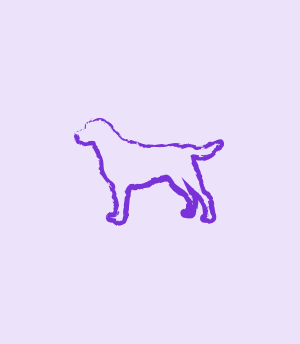

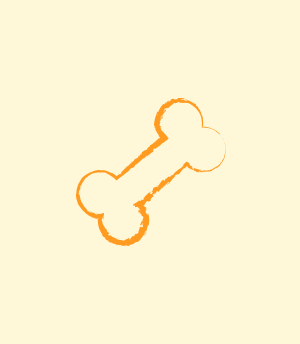


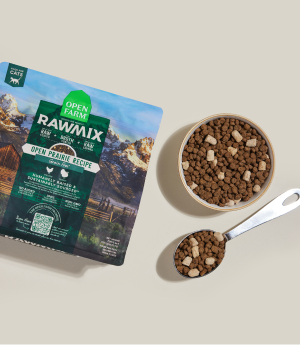
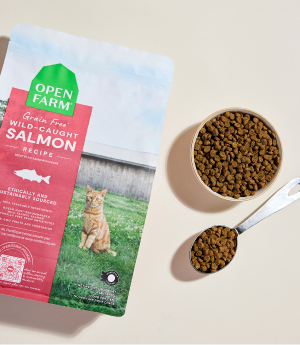
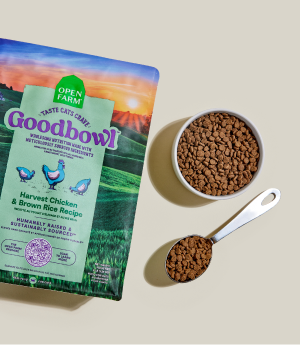
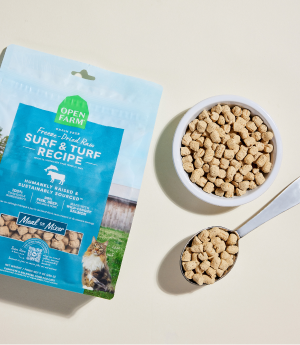
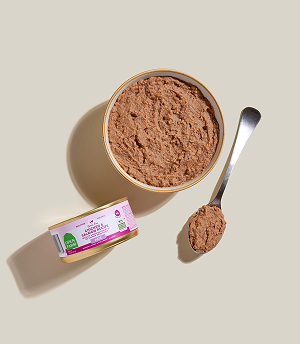
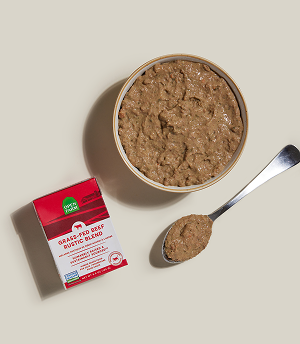
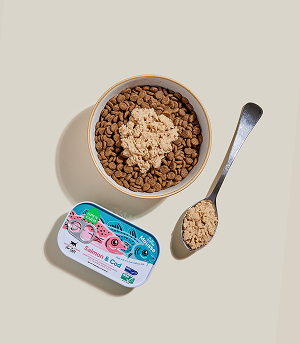
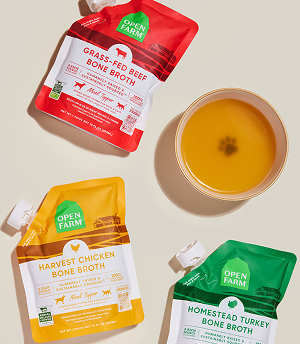
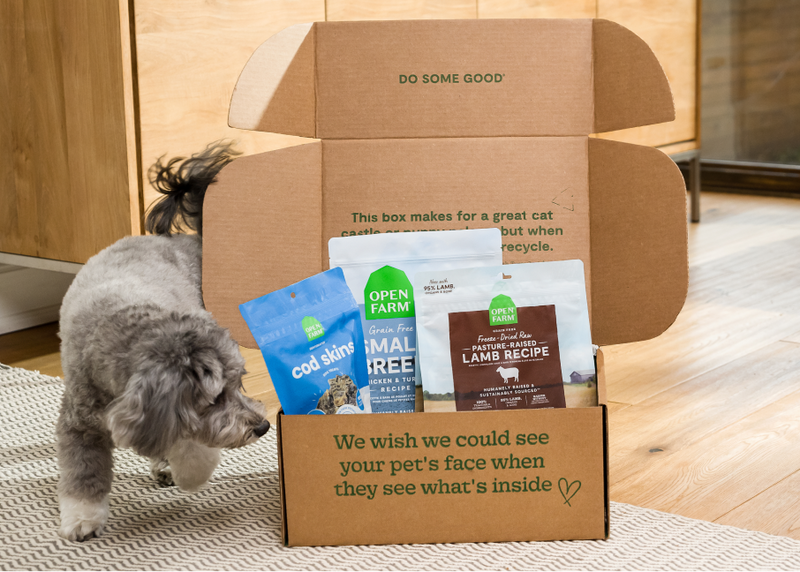
 Sign In
Sign In
 Create Account
Create Account




